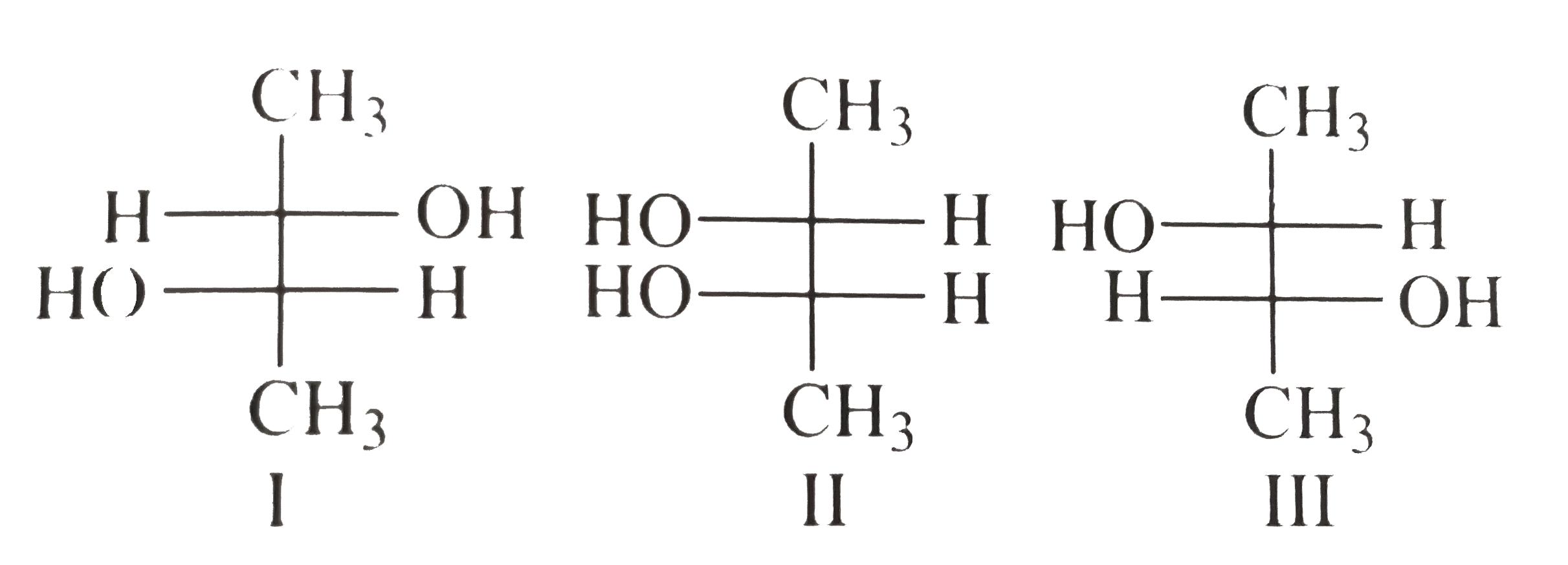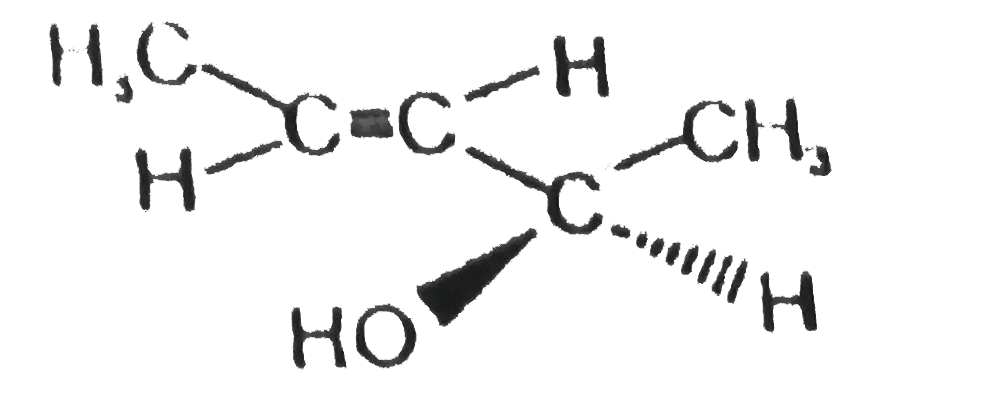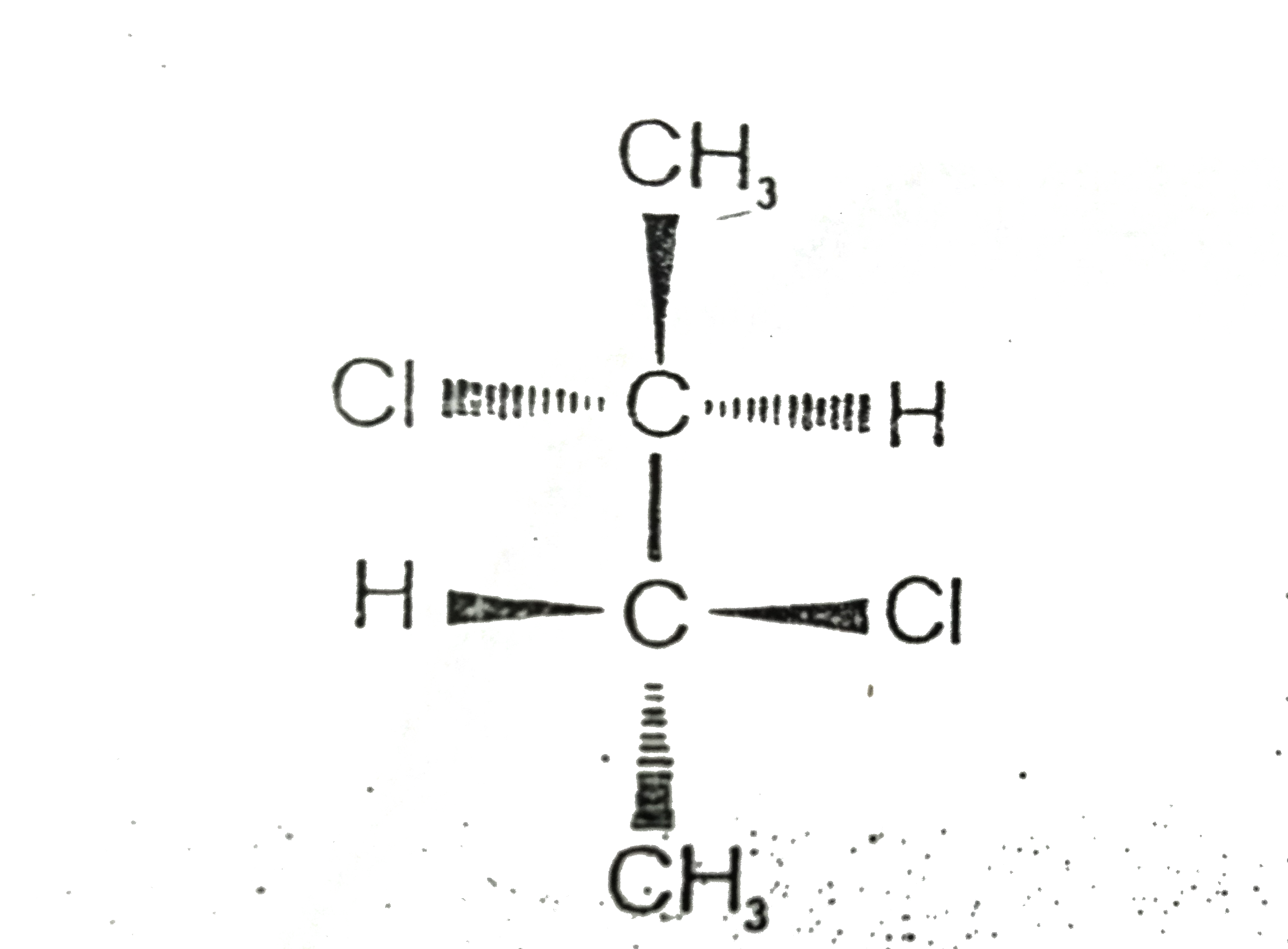Draw the enantiomer and a diastereomer for this compound.

Step by step video & image solution for Draw the enantiomer and a diastereomer for this compound. by Chemistry experts to help you in doubts & scoring excellent marks in Class 12 exams.
Updated on:21/07/2023Similar Questions
Knowledge Check
Enantiomers have: -
Aall physical properties same except their action on plane polarized
light which is equal in magnitude but opposite in direction.Ball chemical properties same except when reagent is chiral in that
case, reactivity of enantiomer will be differentCopposite configuration of all chiral centers according to CIP rule.Dsuperimposable image of each other
What are enantiomers
View SolutionIdentify the pairs of enantiomers and diastereomers from the following:

View SolutionBroadly speaking there are four types of stereisomers namely conformational isomers geometrical isomers, enantiomers and diastereomers.Although conformational isomers , have same configuration geometrical isomers have different atoms attached to each of the doubly bonded carbon atom, and enantiomers are due to chirality in the molecule Enantiomers are also known as optical isomers and diastereomers are those stereoisomers which are not enantiomers.In simple compound, number of stereoisomers.In chiral molecule is given by the reaction 2n, where n is the number of dissimilar chiral carbon.
Observe the following structures and answer the questions given below :

How many stereoisomers are possible in pent-3-en-2-ol, CH3CH=CHCHOHCH3
View SolutionHow is the following compound related to the simple sugar D-erythrose? Is it an enantiomer, diastereomer, or identical?


View SolutionHow is the following compound related to the simple sugar D-erythrose? Is it an enantiomer, diastereomer, or identical?


View SolutionHow is each compound related to the simple sugar D-erythrose? Is it an enantiomer, diastereomer, or identical?


View SolutionHow is each compound related to the simple sugar D-erythrose? Is it an enantiomer, diastereomer, or identical?


View Solution

